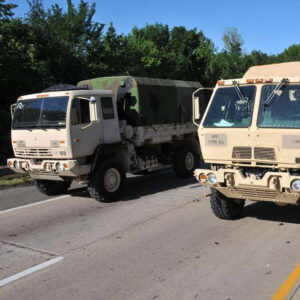 Falcon Bottoms Natural Area
Falcon Bottoms Natural Area
Entry Category: Environment - Starting with F
 Falcon Bottoms Natural Area
Falcon Bottoms Natural Area
Felsenthal National Wildlife Refuge
 Felsenthal Lock and Dam
Felsenthal Lock and Dam
 FEMA Trailers
FEMA Trailers
 Fernwood Seep Natural Area
Fernwood Seep Natural Area
Flint Creek Power Plant
 Flint Creek Power Plant
Flint Creek Power Plant
Floating CCC Camp at Jacks Bay
Flood of 1927
aka: Great Flood of 1927
aka: Mississippi River Flood of 1927
aka: 1927 Flood
Flood of 1937
Flood of 1978
Flood of 2019
 Flood Refugees
Flood Refugees
 Flood Victims
Flood Victims
 Flood, 1910
Flood, 1910
 Flooded Highway
Flooded Highway
 Flooding in Cotton Plant
Flooding in Cotton Plant
Floods
Forest Management and Conservation
 Forrest City Refugee Camp
Forrest City Refugee Camp
 Forrest City Refugees
Forrest City Refugees
Forrest L. Wood Crowley’s Ridge Nature Center
 Fort Curtis
Fort Curtis
 Fort Smith Flood
Fort Smith Flood
 Fort Smith Tornado
Fort Smith Tornado
 Foushee Cave Natural Area
Foushee Cave Natural Area
 Fulton 1927 Flood
Fulton 1927 Flood
 Fulton Flood
Fulton Flood
 Fulton Levee
Fulton Levee




